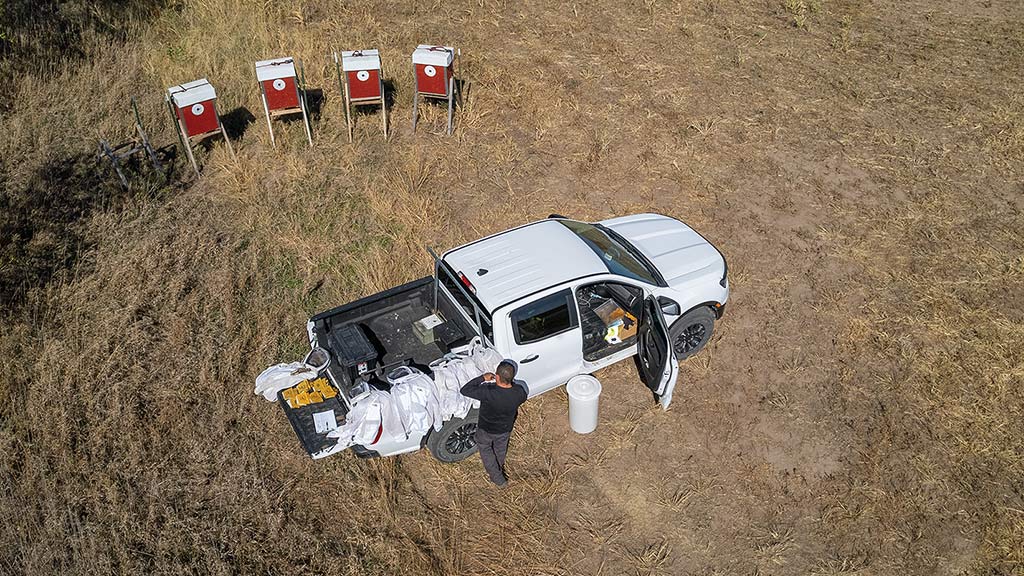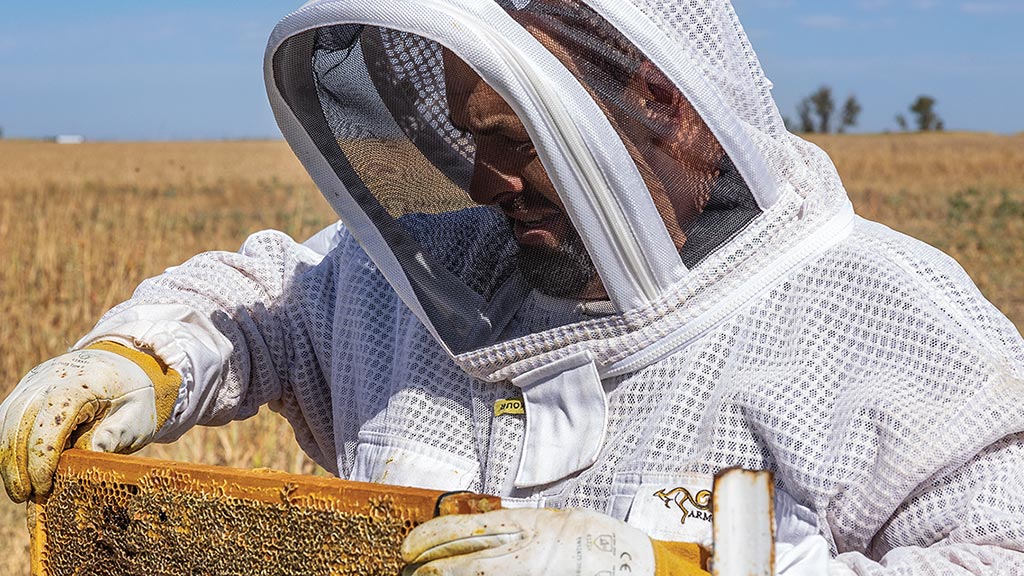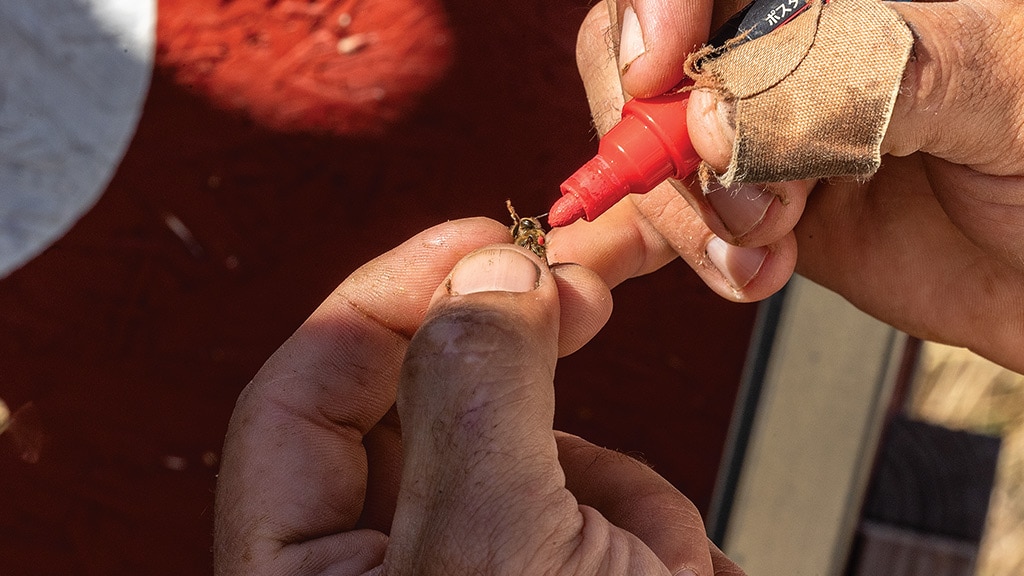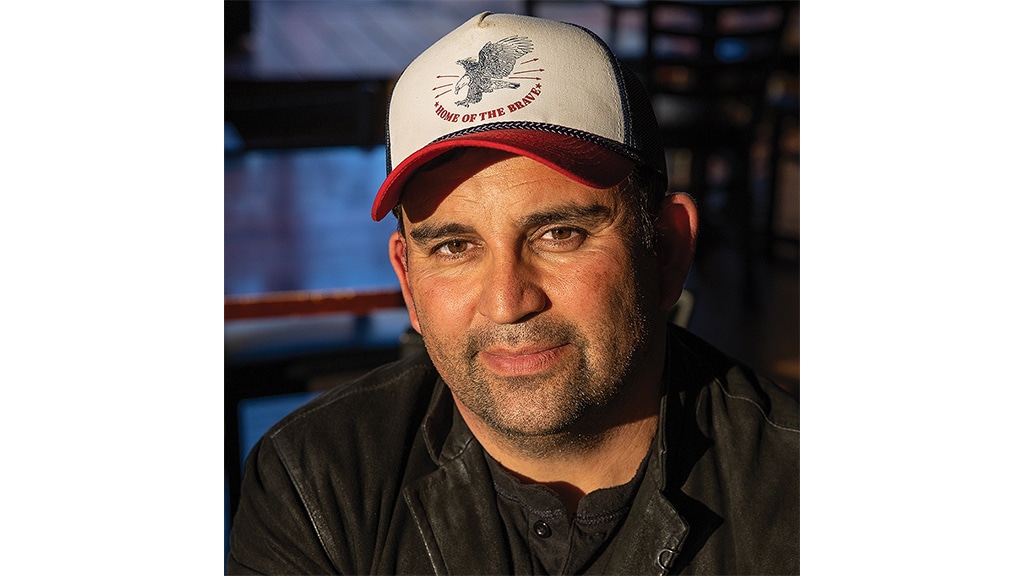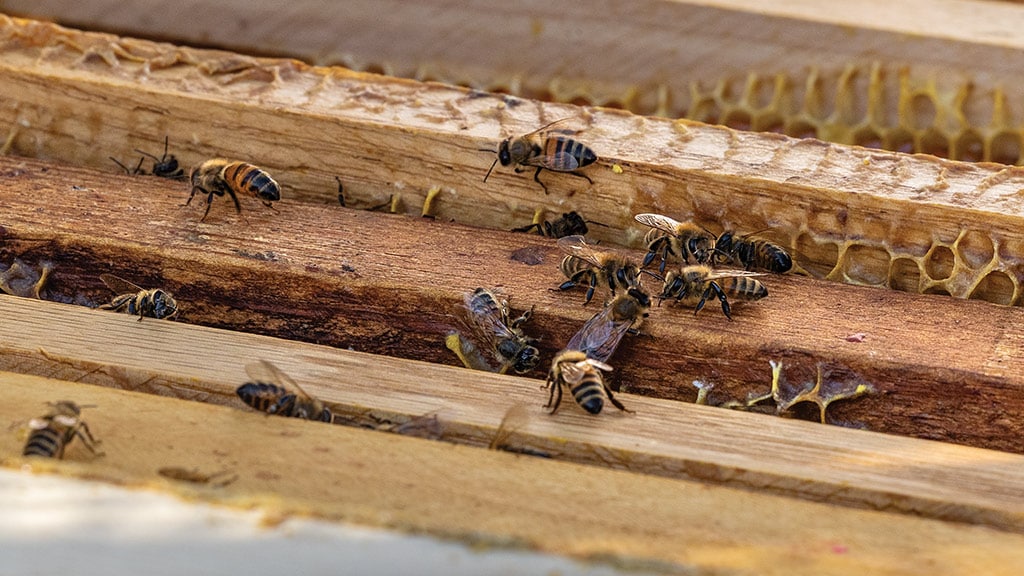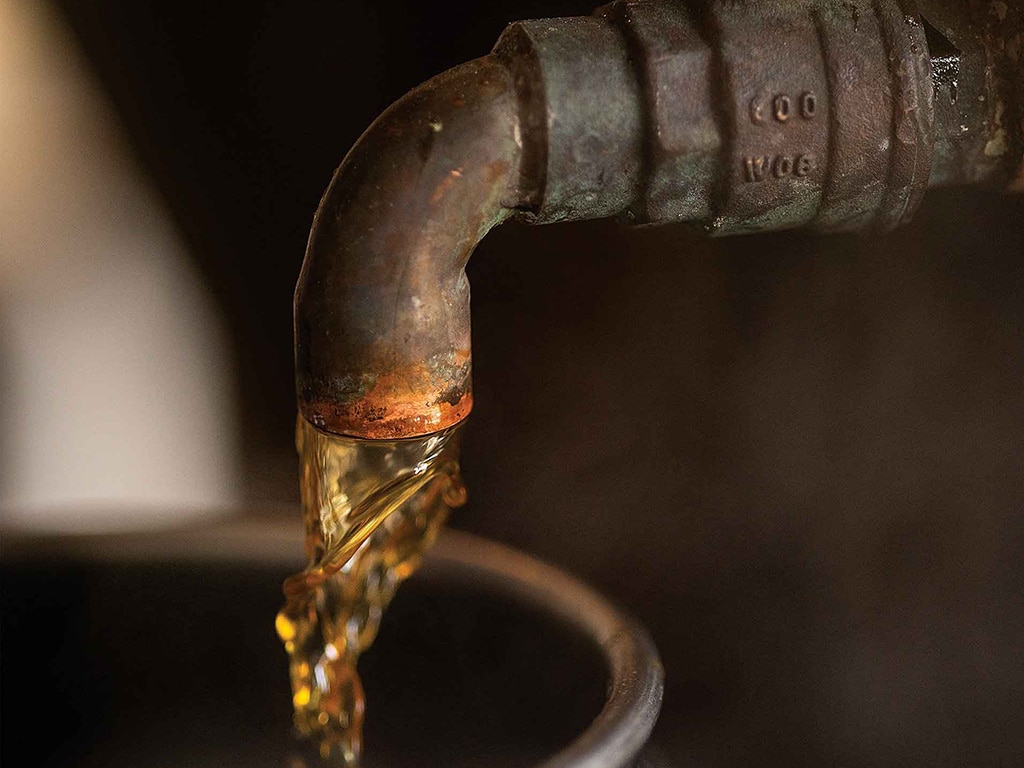Agriculture, Education April 01, 2024
Rethinking Honeybees
Jorge Garibay raises honeybees regeneratively.
by Bill Spiegel
When Travis Kraft invited apiarist Jorge Garibay to place beehives on his farm near St. George, Kansas, the meeting was like an audition.
"Jorge took about 15 minutes to identify flowers along our driveway. He walked the property and looked at the surroundings, to see if my farm would support bees," Kraft recalls.
Garibay keeps bees like no one else. He favors introducing native bees to hives of his own design, rather than importing non-native bees and using commercial hives.
Native bees tend to be more resilient to disease and insects, requiring less care and no additional input costs, says Garibay, who owns NAPA (North American Pollinator Association) Bees, based in Hutchinson, Kansas.
"We're raising the amount of bees our land can sustain," Garibay explains. "We only manage the number of bees the land will support, and that number grows each year if the farmer is willing to plant more blooms."
Garibay's beekeeping model works seamlessly with farmers who have adopted common principles of soil health, including reduced tillage, constant soil armor, crop rotation, and cover crops.
"Bees should be part of your soil health system," he emphasizes. "The bees will tell you how good your soil is. They can only thrive if you have proper rotation and diversity in crops."
The important role bees play in commercial crop production is well-known. The U.S. Department of Agriculture estimates honey bees pollinate 80% of all flowering plants, and bees contribute some $200 billion to America's agriculture economy each year. The agency estimates one in every three bites of food Americans consume has been pollinated by honeybees.
An estimated 80 billion bees are used to pollinate California's almond crop each year and according to Bee Culture magazine, nearly 80% of all commercial hives are trucked to California each February and March to assist with almond pollination. Commercial beekeepers prefer bees that bring in lots of nectar and produce lots of honey, he says. In turn, they must be cared for with artificial insecticides and fed sugar water to replace the honey that beekeepers harvest.
They also like bees that aren't too aggressive.
"If the bees are gentle, they are not going to be biting the varroa mite. And if they brood early, that encourages the varroa mites, which feed on baby bees," he says. Discovered in the U.S. in 1987, varroa mites have destroyed millions of bees, wiping out entire populations.
"If you take them to California and have 11 brood cycles, you are going to breed more varroa than anyone else," Garibay adds. "The commercial way of doing things creates a situation where varroa can thrive."
Above. Different blooms create different flavors of honey. Garibay marks the queen in a hive located in southwest Kansas. Before Garibay harvests any honey from his farm clients, he assures there is enough honey to feed the bee colonies. His bees receive no artificial sweeteners, so honey is made by blooms from neighboring plants. Jorge Garibay moved from California to Kansas to establish NAPA Bees. Farmers who hire Garibay as an advisor can sell honey from their farms. Native bees populate Garibay's proprietary bee boxes.
All natural. Garibay is among a growing legion of "regenerative" beekeepers, or those who don't use chemicals to treat sick bees, or miticides to kill predatory insects.
Commercial beekeepers use frames in hives that feature food-grade plastic combs. Garibay's bees build wax combs themselves, a process that takes time and energy from producing honey. Garibay also resists feeding bees artificial sugars as a replacement for honey, ensuring that honey comes only from surrounding blooms.
The result is a deliciously unique product, Kraft says: "It is 100% different than anything I've ever tasted before. In taste, flavor and fluidness, it is unique."
Farmers hire Garibay to assess their land for bee habitat, and if it is suitable, he puts a hive or two on their property, then checks the hives several times per year.
"Whenever he visits, it's like going to school. I learn something every single time we open a hive," he adds.
Through his bees, the apiarist has helped his clients improve soil health. Kraft, for example, now plants more blooming plants while reducing the use of pesticides. Becoming more intimate with the land and improving stewardship is his goal, Garibay explains.
"What my company offers is hope that your family is going to be so intimately entwined with your land that you're going to do whatever it takes to make it thrive." ‡
Read More
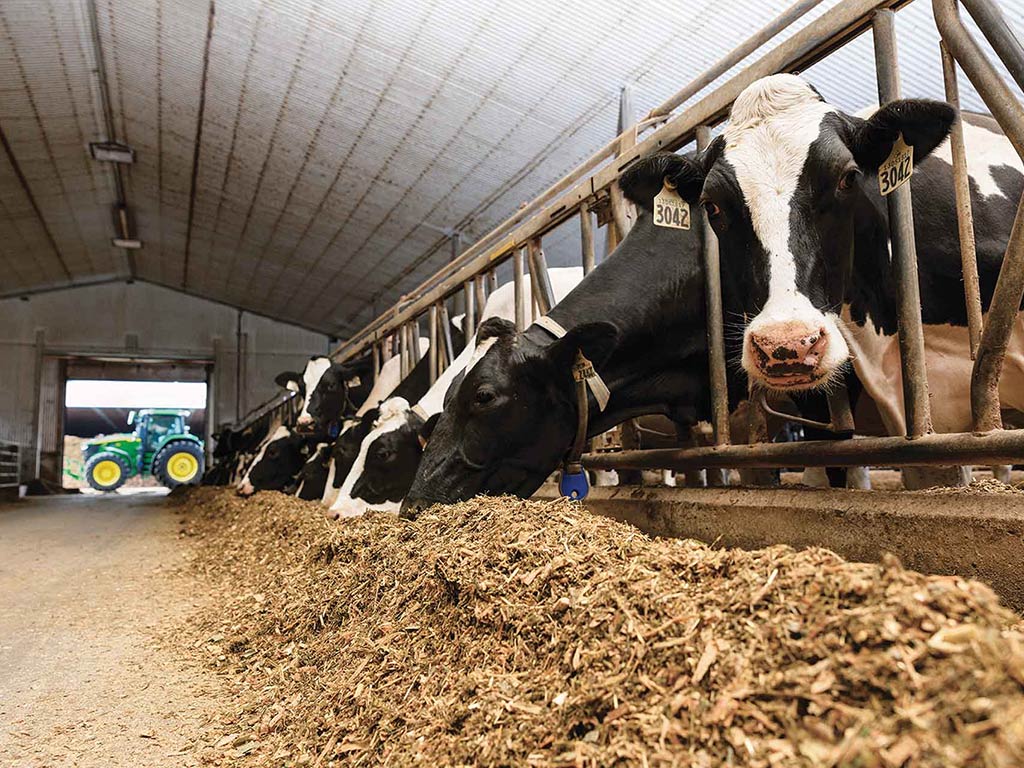
AGRICULTURE, LIVESTOCK/POULTRY
Sustainable Milk Production
John Deere and DeLaval form strategic partnership.



